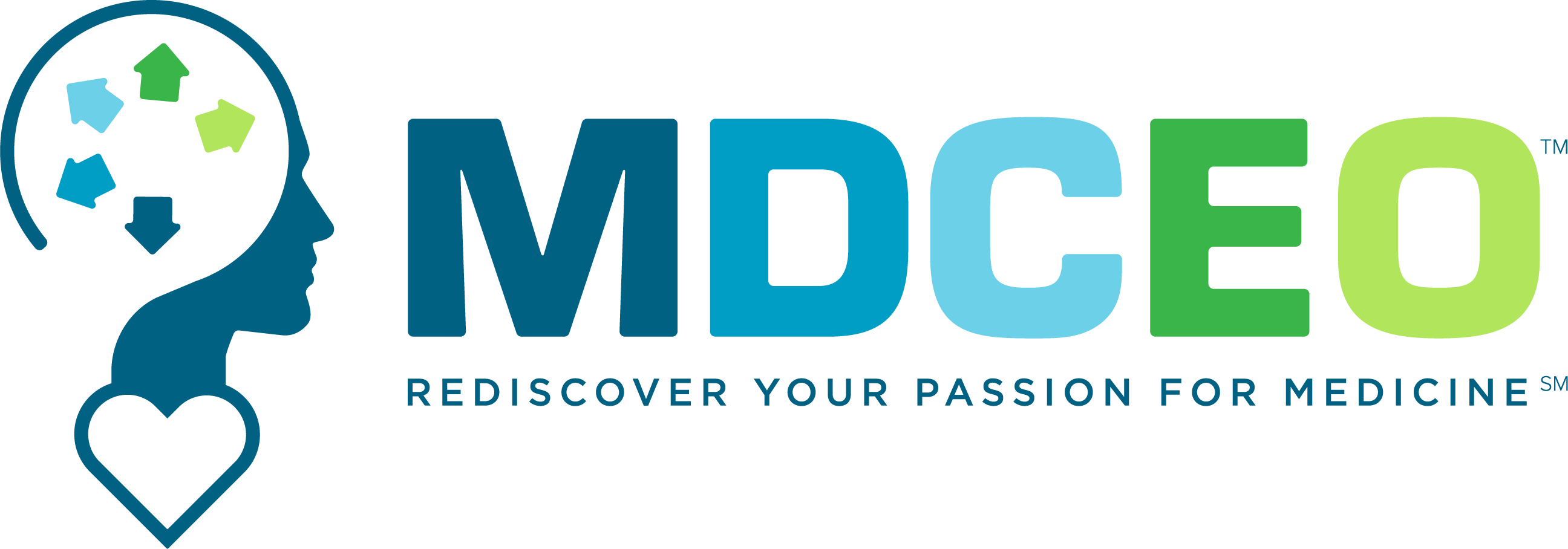March 29, 2024: Moving from Administrator-Driven Leadership to Physician-Driven Leadership?
Moving from Fee for Service to Prospective Payment in Primary Care: Advanced Primary Care: The Future of Primary Care Part 2

Sponsored by WWW.THEMDCEO.COM
In the FFS paradigm, practice management has come to play a lead role. Administrators monitor the patient’s flow through the office, and they focus on efficiency, utilization and cost issues. Administrators in many centers, especially hospital/health system owned primary care centers, dominate the culture. They are accountable to their superiors to increase the numbers of patients seen per day and the number of referrals that flow to the other arms of the hospital health system. They also carefully control the number and cost of staff used to support care delivery.
Their chain of command is different from that of the docs. In hospital/health systems, most of the time, nurses, for example, do not report to the docs with whom they work. Administrators and support staff drive claim production, providing enough clinical care to generate the billing and diagnosis codes, they are not primarily accountable to the physicians. They have separate reporting relationships. Over the last fifty years there has been a dramatic increase in the number of administrators in a health care system with little growth in the number of clinicians caring for patients, especially in primary care.
Most physicians went into medicine because they had a deep sense of wanting to serve their community and patients. That gets diluted, or often completely lost, in the fee-for-service model. But with the pre-paid Advanced Primary Care model it puts physicians back in the role of caring for people in contrast to generating codes and volume to drive revenue. It also puts the physician back in the care delivery leadership role and the design of the system. This shift in mindset can bring them back the reason why they’re in medicine and re-integrate their daily work with a life purpose, expressing who they are through their work. Non-clinicians can assist them but can’t do this clinical work effectively.
We’d argue that there are a number of reasons for this. When you shift away from fee-for-service to a clinical oriented model you need to do things differently to care for people. Non-clinicians, such as administrators, have limited understanding of what the clinical workflow needs to be and thus what’s going to maximize the quality and value of care and patient outcomes. A mindset shift from administrative to collaborative clinical leadership, with physicians playing a more central role in the workflows realigns appropriate incentives and workflows. Where we’ve done this, the care for people has improved dramatically.
It’s important to remember that the need for non-physician administrators is not eliminated; it is transformed from the role of maximizing code generations to that of facilitating and supporting clinical care. The roles for all those in the primary care centers will need to adapt as the center moves from RVU and FFS billing to health risk reduction and improved outcomes; from see more patients, bill more codes, to care for patients and keep disease from advancing.
We believe that patient impact is a key metric, and a key driver for system performance – decreasing clinical risk, regardless of whom on the care team delivers it. It is also important to remember that it is possible for every member of the care team to have positive, or negative impact with every interaction – shifting from code centric to patient centric care changes priorities and roles – in the new system all members of the team must take responsibility for the center’s impact.
Scott Conard, MD Michael Tuggy, MD Susan Lindstrom Laurence Bauer, MSW, MEd
scott@scottconard.com MTuggy@converginghealth.com slindstrom@mypha.com laurence.bauer@gmail.com
